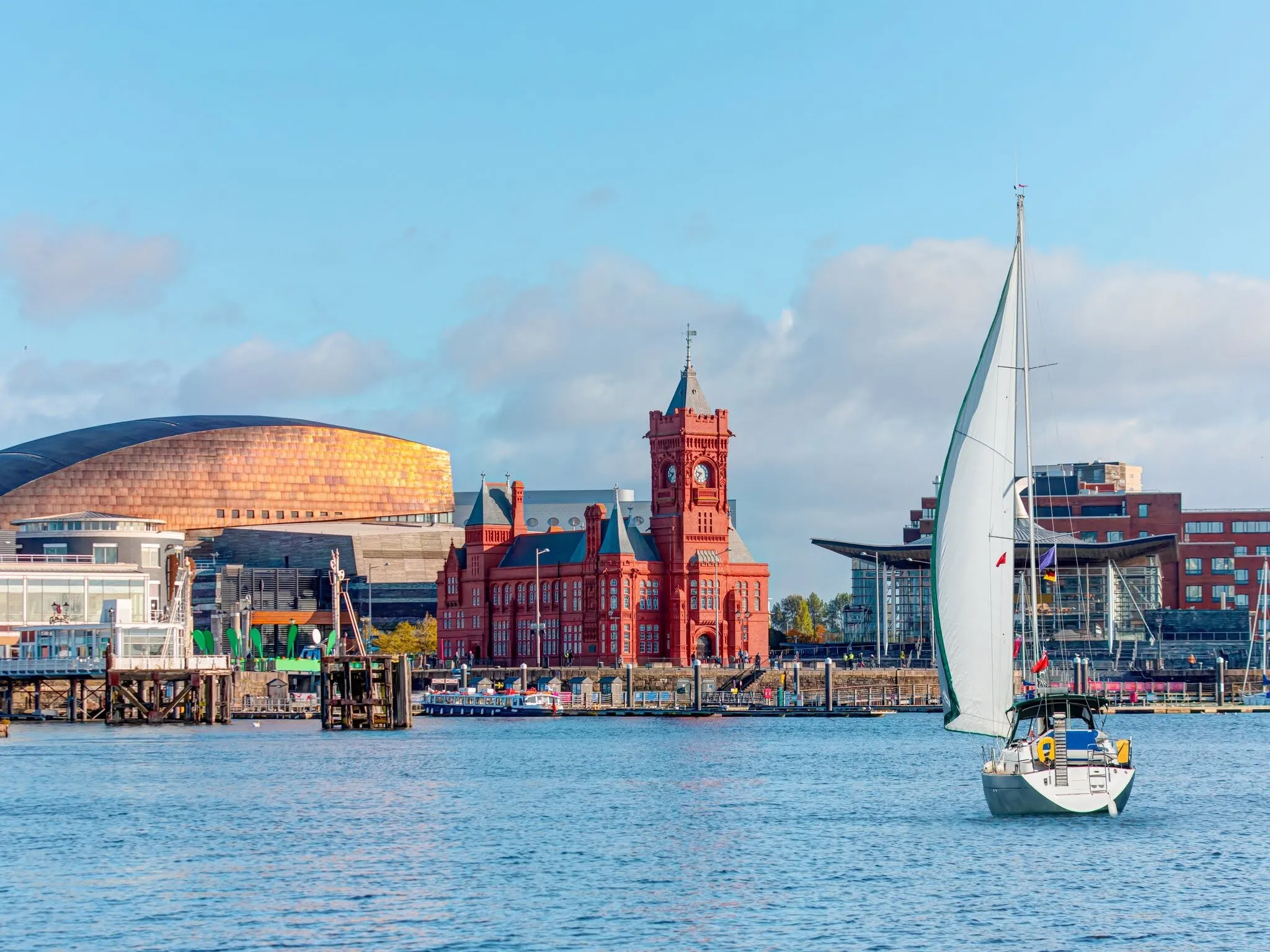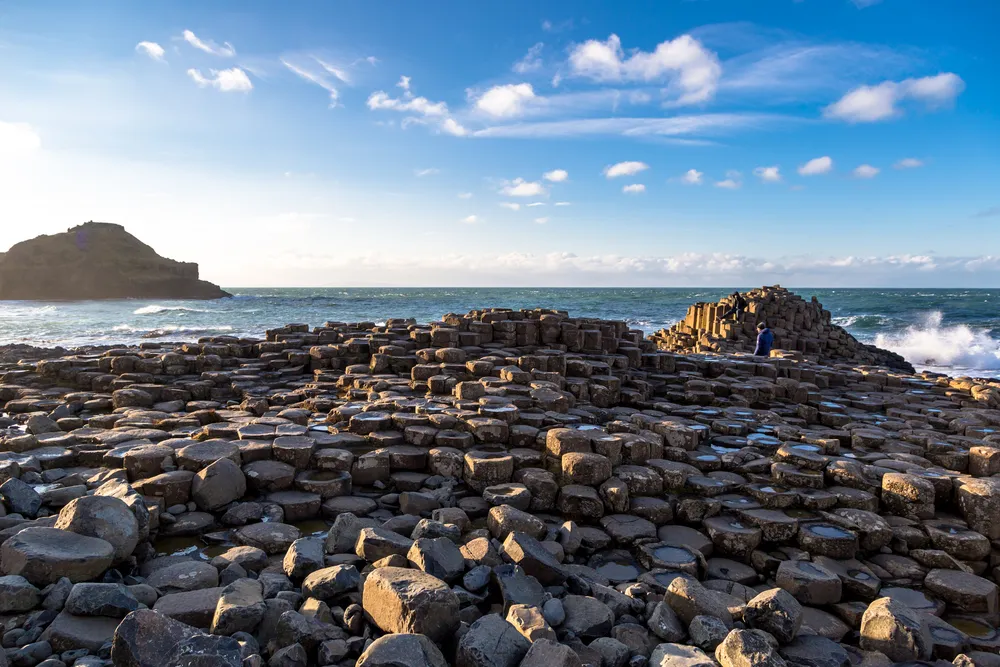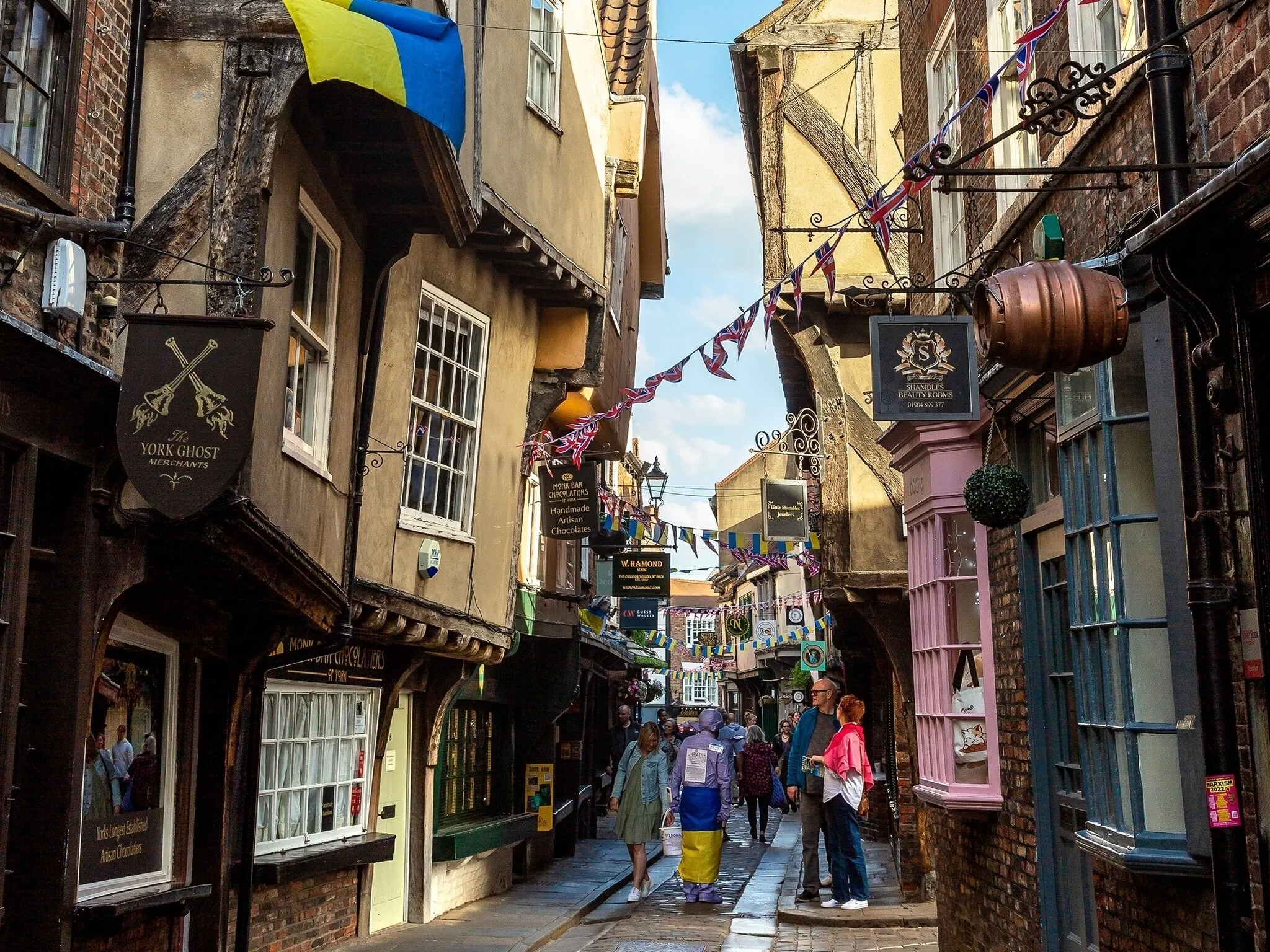Have you noticed that, over the last decade, winters have become wetter and summers have become drier and hotter? Of course, we have climate change to thank for that. With the globe heating up, floods have become far more frequent in the UK, impacting everything from our homes and our transport networks to our beloved cultural centres and historic landmarks. And over the next few decades, things are only forecast to get worse.
Insurance company Aviva has published a huge report that identifies the parts of the UK that are most under threat from global warming. The report included a breakdown of the areas most at risk of being abandoned due to flooding, as well as insights into the impact of climate change on some of the country’s most famous landmarks. Edinburgh Castle, Hampton Court Palace and Giant’s Causeway are among the eight historic monuments that were flagged.
All is not lost, though. Aviva outlines how local councils and organisations are already doing ‘excellent work’ to deal with the impacts of climate change and said that ‘by taking vital steps now, we can help safeguard millions of properties and protect important landmarks from climate impacts in the decades to come.’ Here’s a look at the landmarks that could be damaged or destroyed by climate change in the near future (if nothing is done).
8 UK landmarks under threat from climate change
Hampton Court Palace, London
By 2050, London is projected to face wetter winters and hotter, drier summers. For Hampton Court Palace, the former home of Henry VIII that sits next to the Thames, that means a far greater risk of flooding over the coming decades. According to Aviva, the palace ‘must contend with both the physical risks of flooding and the longer-term stresses of heat, drought, and water scarcity, threats that carry significant implications for a site whose gardens play a central role in welcoming hundreds of thousands of visitors each year.’
The good news is that work is already happening to address those risks, with the introduction of drought-resistant plants, more perennial planting schemes and a ‘no dig’ approach to soil management.

Photograph: Shutterstock
Cardiff Bay
Cardiff Bay is an important region of the Welsh capital city – home to the Senedd (the first parliament in the world to declare a climate emergency), the Wales Millennium Centre and surrounded by a number of residential neighbourhoods. But it’s incredibly vulnerable to rising sea levels. Aviva warned: ‘Sea levels around Cardiff could rise by 22 to 28 centimetres by 2050, which will likely test the security of the Cardiff Bay Barrage, which manages tidal flows and reduces the threat of storm surges.’
Liverpool Waterfront
Aviva said: ‘Liverpool’s location on the River Mersey estuary exposes it to multiple flood risks: tidal flooding from high tides and storm surges, surface water flooding during intense rainfall, and the potential for drains to be overwhelmed.’ The part of the city most at risk is its waterfront, which is full of restaurants, hotels and cultural hubs. Fortunately, local authorities are planning ahead, with flood risk assessments, sustainable drainage systems and the potential development of emergency response and evacuation plans.

Photograph: Shutterstock
Giant’s Causeway
Northern Ireland’s Giant Causeway has stayed mostly in tact for the past 60 million years. Aviva warns that climate change could change that. It says that global warming will put ‘new pressure on the landscape, infrastructure, and long-term conservation of this globally recognised site’ and that ‘increased winter rainfall may make slope failures more seasonal, while the combined pressures of the sea below and fluctuating temperatures on land could damage access routes and viewing areas.’
Right now, the National Trust is using hazard maps, climate risk assessments and sophisticated ‘Light Detection and Ranging’ to get a better understanding of the landmark’s erosion rate and decide how to future-proof it.
Edinburgh Castle
Sat high above the city on the peak of an extinct volcano, you’d think that Edinburgh Castle would be fairly safe from flooding. But that’s not the case. It flooded badly in July 2021 when intense downpour overwhelmed its historic drainage systems. Aviva said: ‘The result was water ingress into the Palace block, impacting the decorative scheme and triggering emergency response protocols. This event was a sobering reminder that even high ground is not immune to flood risk.’
Now, Historic Environment Scotland has launched a plan to address the risks of worsening climate change and protect the future of the castle.

Photograph: Shutterstock
York City Centre
York is located on the junction between the River Ouse and River Foss, and therefore particularly vulnerable to floods. Its last severe flood was on Boxing Day in 2015 when more than 600 properties were affected, businesses were forced to close and public transport was majorly disrupted. A £100 million flood defence programme was launched in response.
Aviva said: ‘While the river poses the greatest threat, York also faces surface water risk. By 2050, there is projected to be arise in peak rainfall events of up to 15 percent, with higher temperatures also leaving the ground susceptible to flash floods.’ Much of the drainage across York has not been designed go cope with the 21st century’s more extreme weather conditions, but Aviva points out that that local councils are ‘high active in adaptation’.
Red House, London
While Bexleyheath’s Red House (the home of national treasure William Morris) is well away from the river, it’s under threat because it’s built on soil containing a large amount of London clay. That means that, when the ground becomes wet and dries out, the soil is highly susceptible to sinking caused by shrink-swell movements and anything built on top of it can shift and crack – evidenced by the cracks that have appeared both internally and externally in Red House.
Aviva said: ‘This picture is concerning, but also highly common across London, with its vulnerable soil and historic buildings. Much of the London population lives in homes that are more than 100 years old, and many homeowners will be familiar with the challenges faced by Red House.’
Charlecote Park, Warwickshire
Charlecote Park, which sits on a natural floodplain, is used to flooding. But, Aviva says that ‘the scale and frequency of flood events have increased sharply’ in recent years, with five major floods on the 16th century estate between 2023 and 2024. Aviva warns: ‘The combination of heavier rainfall and prolonged dry spells will test both infrastructure and natural systems, while more extreme weather events will leave less time to recover between impacts. This means that the estate’s low-lying meadows, car parks, and main access routes could be submerged multiple times a year.’
ICYMI: When every major UK Christmas market returns for 2025.
Plus: two of Time Out’s happiest cities in the world are in the UK.
Stay in the loop: sign up to our free Time Out UK newsletter for the latest UK news and the best stuff happening across the country.
